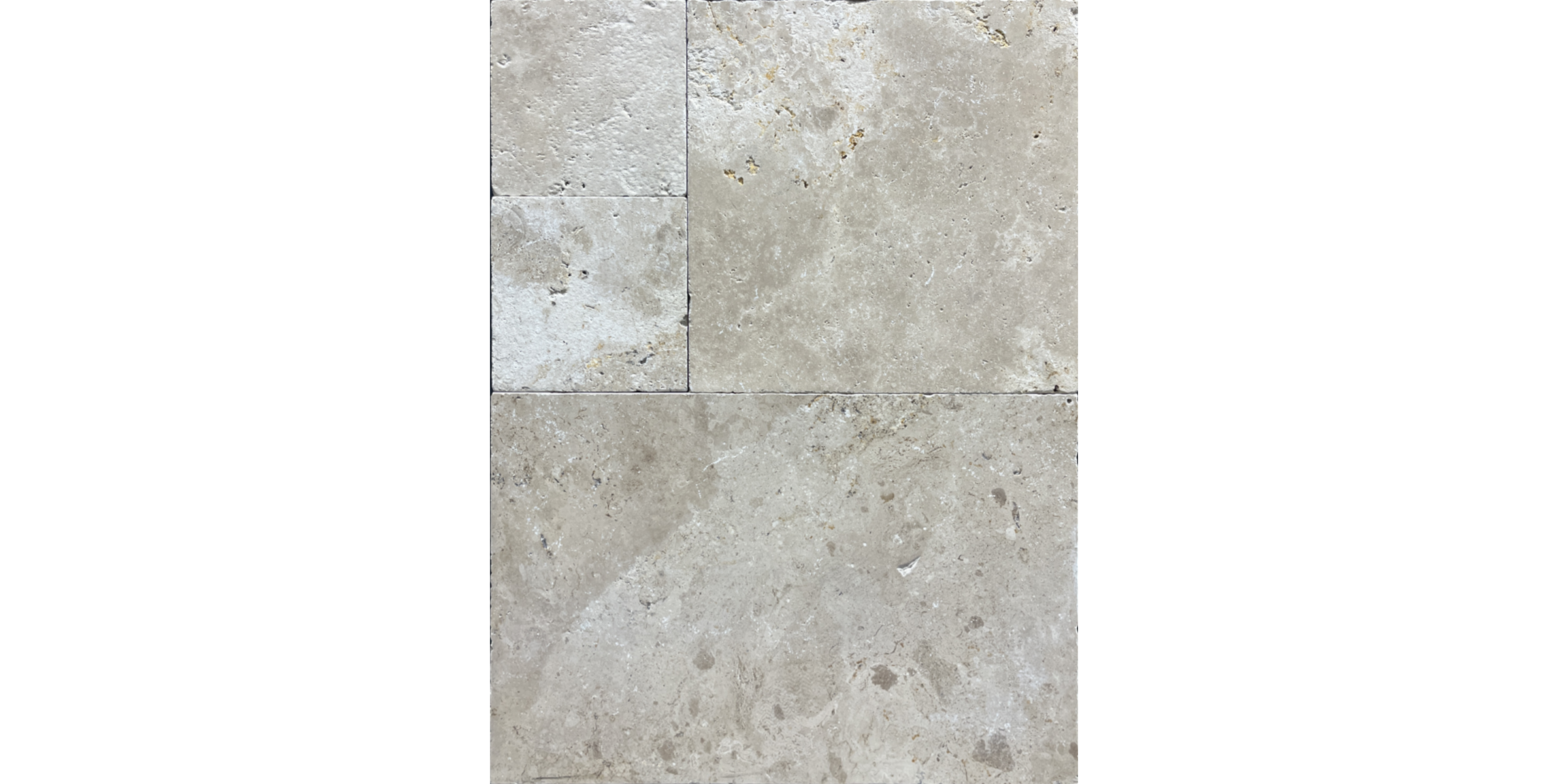Natural stone pavers bring timeless beauty and organic charm to any outdoor space—from patios and pathways to pool surrounds and garden walkways. But once your stone pavers are set in place, there’s one crucial question every DIYer or landscaper faces: What do you put between natural stone pavers?
The material you choose for the joints doesn’t just affect the look of your project—it also plays a major role in durability, drainage, and weed control. Here’s a guide to help you decide which joint material best suits your space, style, and maintenance preferences.
1. Polymeric Sand
Best for: Tight joints and long-term durability
Polymeric sand is a popular modern option. It’s a mix of fine sand and special additives (like polymers) that harden when moistened. Once applied and activated with water, it locks the pavers in place, discourages weed growth, and reduces insect activity.
Pros:
-
Resists weed and ant infestation
-
Won’t wash out easily
-
Creates a semi-permanent bond
Cons:
-
Less suitable for wider gaps
-
Can stain stones if not installed carefully
2. Loose Sand or Decomposed Granite (DG)
Best for: Informal or rustic designs
Loose joint materials like coarse sand, pea gravel, or decomposed granite allow for natural movement and drainage. They’re great for garden paths or patios where a more relaxed, natural look is desired.
Pros:
-
Easy to install and refill
-
Allows for excellent drainage
-
Ideal for irregularly shaped stones
Cons:
-
Can wash or blow away over time
-
Requires periodic replenishing
3. Gravel or Crushed Rock
Best for: High-drainage areas
Small gravel or crushed stone can be used between pavers, especially when you want a strong, permeable surface. It’s common in modern, minimalist, or xeriscape designs.
Pros:
-
Excellent for water runoff
-
Adds texture and contrast
-
Low-maintenance
Cons:
-
Can shift or scatter
-
Might be uncomfortable for bare feet
4. Ground Cover Plants
Best for: Garden paths and eco-friendly spaces
Using low-growing plants like creeping thyme, dwarf mondo grass, or Irish moss between natural stone pavers adds a lush, living touch. It’s perfect for spaces that blend hardscape with softscape elements.
Pros:
-
Visually appealing and eco-friendly
-
Helps cool the surface
-
Attracts pollinators
Cons:
-
Requires watering and trimming
-
Not suitable for high-traffic areas
5. Mortar or Concrete
Best for: Permanent, high-traffic installations
For a solid, no-maintenance joint, mortar or concrete can be applied between pavers. This method is often used in formal patios, pool decks, and public spaces.
Pros:
-
Provides a clean, polished look
-
Very stable and long-lasting
Cons:
-
Not permeable—may cause drainage issues
-
Cracks can develop over time
-
Labor-intensive to install
Final Thoughts – What do you put between natural stone pavers?
When it comes to what goes between natural stone pavers, the “right” choice depends on your project’s goals—whether you want something soft and green, hard and durable, or easy and low-maintenance. Take time to consider the climate, traffic levels, and aesthetic you want to achieve. With the right joint filler, your stone pavers will stay beautiful and functional for years to come.

